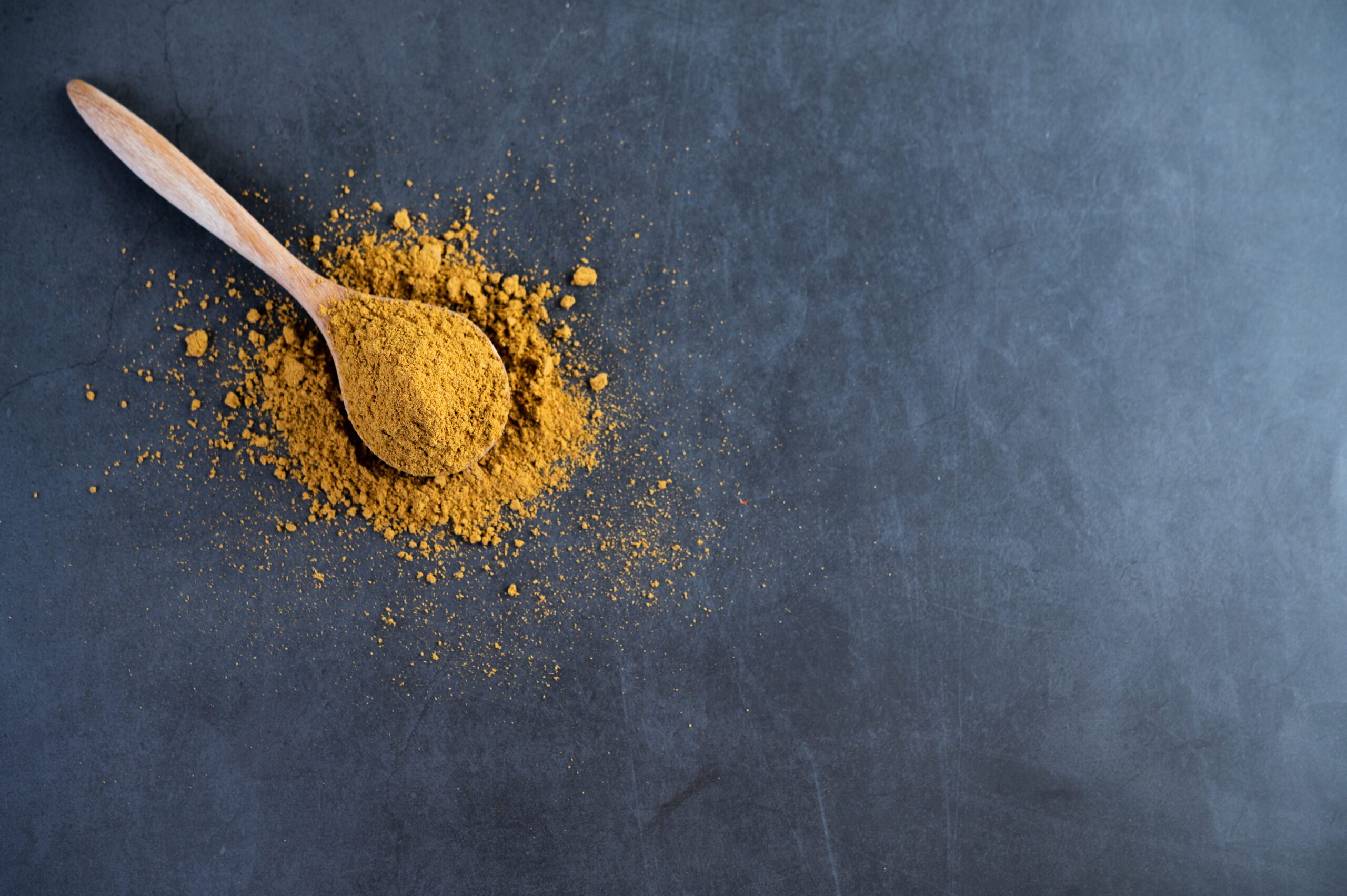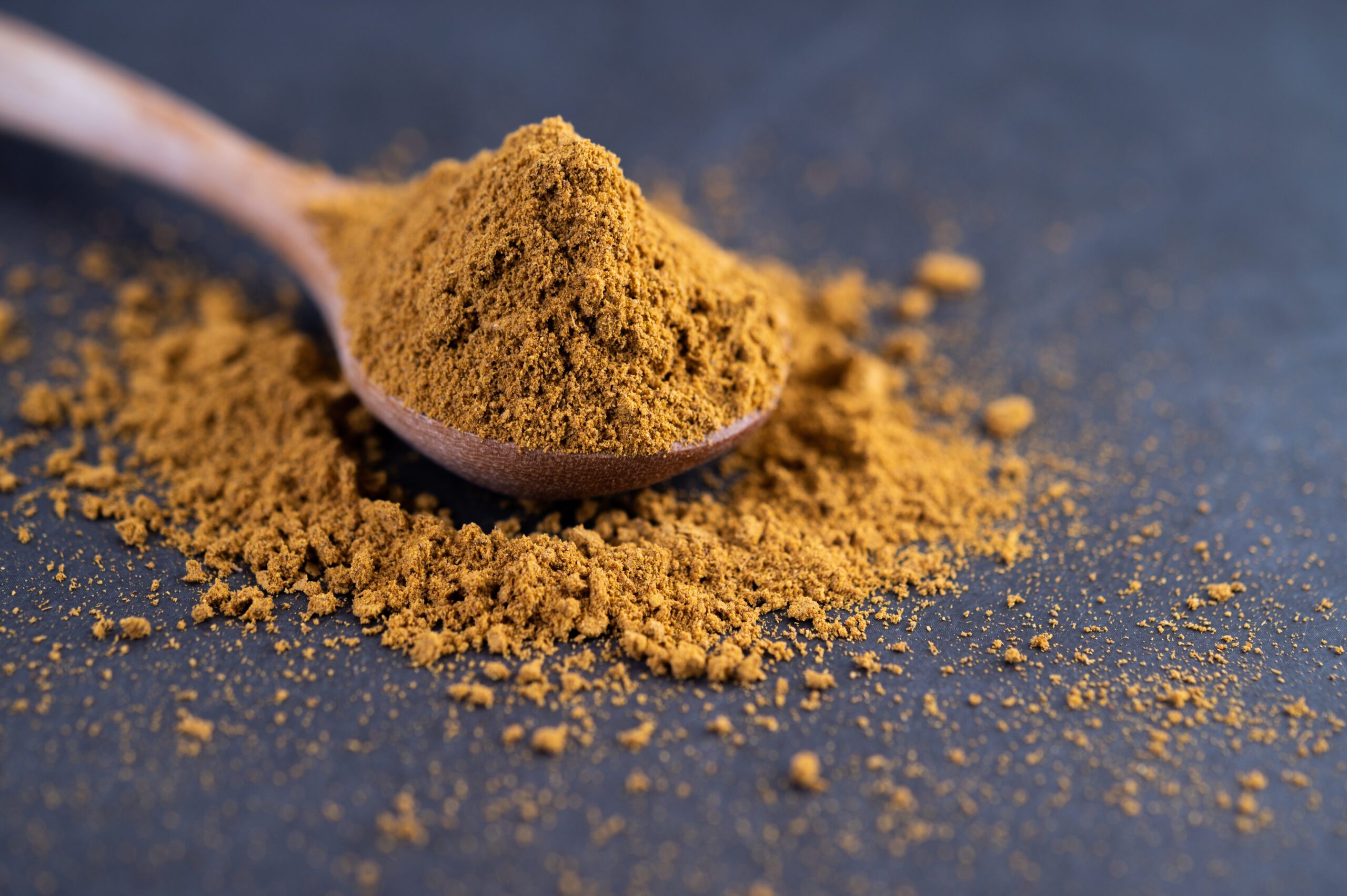The benefits of Triphala may include Immune support, Detoxification, Digestive Health, Antioxidant Properties, Anti-inflammatory Effects, Cardiovascular Health and Weight Management etc. It may also help with constipation . In this article , we are going to unlock health benefits of Triphala .
What Is Triphala ?

Triphala is a traditional herbal formulation used in Ayurvedic medicine. It consists of three fruits: amla (Indian gooseberry), haritaki (chebulic myrobalan), and bibhitaki (belleric myrobalan). Each of these fruits has unique properties, and when combined, they are believed to have synergistic health benefits.
Triphala has a rich history deeply rooted in Ayurvedic medicine, which is one of the world’s oldest holistic healing systems originating in India over 5,000 years ago.
It’s considered a polyherbal medicine, meaning it consists of several different medicinal herbs. In Ayurveda, Triphala is basically known for its stomach related benefits. It is accepted to advance absorption, support standard defecations, and assist with detoxifying the body.
In Ayurveda, Triphala is classified as a “rasayana,” which refers to rejuvenative herbs or formulations that promote vitality and longevity. It is also categorized as a “tridoshic” herb, meaning it balances all three doshas (Vata, Pitta, Kapha) in the body, according to Ayurvedic principles.
Triphala is also rich in antioxidants, which can help protect cells from damage caused by free radicals. Additionally, it is used in Ayurveda for promoting overall health and well- being.
Triphala is a combination of the dried products of the following three plants:
Amla ( Indian Gooseberry)

Amla is a small, sour fruit that is rich in vitamin C and antioxidants.
It is known for its rejuvenating properties and is used in Ayurvedic medicine to support immunity, improve digestion, promote healthy skin and hair, and enhance overall vitality. Amla is often consumed raw, as a juice, or in powdered form.
Amla’s part in stomach related wellbeing, skin revival, hair strength, and heart wellbeing further cements its status as an all encompassing wellbeing enhancer.
Besides, its adaptogenic and mitigating properties add to pressure flexibility, joint solace, and mental capability. Integrating amla into a decent eating routine or enhance routine can be an important stage towards streamlining wellbeing and imperativeness.
Health Benefits Of Amla
Amla, or Indian gooseberry, is associated with a variety of health benefits, largely due to its rich nutritional profile and antioxidant properties.
-
Rich in Vitamin C:
Amla is exceptionally high in vitamin C, which is known to boost the immune system. Adequate vitamin C intake is essential for maintaining a healthy immune response and protecting the body against infections.
-
Antioxidant Properties:
Amla is a potent source of antioxidants, including polyphenols and flavonoids. Antioxidants help neutralize free radicals in the body, which can contribute to aging and various diseases.
-
Heart Health:
Some studies suggest that the antioxidants in amla may help lower levels of bad cholesterol (LDL) and triglycerides, reducing the risk of cardiovascular diseases.
-
Diabetes Management:
Amla may have a role in managing diabetes by helping to regulate blood sugar levels. It may also improve insulin sensitivity.
-
Digestive Health:
Amla is known to have digestive properties and may help alleviate constipation. It can act as a mild laxative and promote regular bowel movements.
Haritaki (chebulic myrobalan)
Haritaki, also known as Chebulic Myrobalan, is a powerful fruit used extensively in Ayurvedic medicine. Haritaki is a nut-like fruit that is considered a “king” in Ayurveda due to its diverse range of health benefits.
Haritaki has powerful anti-inflammatory and antioxidant properties.
It is believed to support digestive health, promote detoxification, enhance cognitive function, and even support respiratory health.
Haritaki is commonly used in various Ayurvedic formulations and can be taken as a powder, capsule, or decoction.
Haritaki is popularly used in Ayurvedic medicine to treat digestive issues like constipation.
Here are some potential health benefits of Haritaki :
- Digestive Health
- Detoxification
- Respiratory Support
- Antioxidant Properties
- Cognitive Function
- Anti-inflammatory Effects
- Skin and Hair Health
- Cardiovascular Support
Bibhitaki (Belleric Myrobalan)
Bibhitaki is another important fruit in Ayurveda known for its cleansing and rejuvenating properties.
Terminalia bellirica is a large tree . It’s known as “Bibhitaki” in Ayurvedic medicine, where the fruit of the tree is used as a treatment for common ailments like bacterial and viral infections.
It is believed to support respiratory health, promote healthy digestion, help regulate cholesterol levels, and contribute to overall well-being.
Like haritaki, bibhitaki is used in various Ayurvedic preparations and is available in powder, capsule, or decoction forms. Bibhitaki is high in gallic acid and ellagic acid, two phytochemicals that have beneficial effects on blood sugar levels and insulin sensitivity.
Similarly Haritaki and Amla in the Triphala formulation, Bibhitaki is considered a powerful detoxifier. It helps with disposing of toxins from the body, upholds liver capability, and adds to generally detoxification processes.
Here are some potential health benefits of Bibhitaki :
- Cholesterol Regulation
- Anti-inflammatory Effects
- Hair and Skin Health
- Weight Management
- Antioxidant Properties
- Digestive Health
- Detoxification
Health Benefits Of Triphala

Here are top 10 benefits of Triphala :
- Immune support
- Detoxification
- Digestive Health
- Antioxidant Properties
- Anti-inflammatory Effects
- Cardiovascular Health
- Weight Management
- Eye Health
- Skin and Hair Care
- Oral Health
-
Immune Support:
The vitamin C content in Triphala, primarily from amla, supports immune function.
It helps strengthen the immune system, making the body more resilient to infections and illnesses.
-
Detoxification:
Triphala is a potent detoxifier. It helps remove toxins and waste products from the body, supporting liver function and enhancing the body’s natural detoxification processes.
Regular use of Triphala can help cleanse the system and promote overall well-being.
-
Digestive Health:
Triphala is perhaps most famous for its digestive benefits. It helps regulate bowel movements, relieves constipation, and promotes healthy digestion.
The combination of the three fruits supports the entire digestive tract, from the stomach to the colon.
-
Antioxidant Properties:
Each component of Triphala is rich in antioxidants, such as vitamin C (from amla) and polyphenols (from haritaki and bibhitaki).
These antioxidants help neutralize free radicals, reduce oxidative stress, and protect cells from damage. As a result, Triphala contributes to anti-aging and overall health.
-
Anti-inflammatory Effects:
Triphala has anti-inflammatory properties, which can help reduce inflammation in the body.
It may benefit conditions like arthritis, gastritis, and skin inflammations by mitigating inflammation and promoting healing.
-
Cardiovascular Health:
Some studies suggest that Triphala may have cardio-protective effects. It may help regulate cholesterol levels, support healthy blood pressure, and improve overall cardiovascular function.
However, more research is needed in this area.
-
Weight Management:
Triphala is often used in Ayurveda for weight management.
It helps support metabolism, aids in digestion, and may contribute to healthy weight loss when combined with a balanced diet and exercise.
-
Eye Health:
Triphala is beneficial for eye health.
It can be used as an eyewash to cleanse and soothe the eyes, reduce eye strain, and promote vision health.
-
Skin and Hair Care:
Triphala is also used topically for skin and hair care.
It helps improve skin texture, reduce acne and blemishes, and promotes healthy hair growth.
-
Oral Health:
Triphala has antimicrobial properties that can help fight oral bacteria and reduce plaque formation. This makes it beneficial for maintaining oral hygiene and preventing dental issues such as cavities, gum disease, and bad breath.
Triphala mouthwashes or gargles are commonly used in Ayurveda to promote overall oral health.
Side Effects Of Triphala
Triphala is generally considered safe for most people when used in moderation .
The side effects of Triphala are :
- Abdominal Discomfort
- Electrolyte Imbalances
- Diarrhea
- Drug Interactions
- Avoid Triphala During Pregnancy and Breastfeeding
- Allergic Reaction ( May include itching, rash, or respiratory symptoms )
- Kidney Stone
- Stomach Ulcers or gastritis
- May Affect Blood Sugar Levels
How To Use Triphala
Triphala can be used in various forms, including powders, capsules, tablets, and liquid extracts.
Here are some general guidelines on how to use Triphala:
-
Powdered Triphala:
Mix 1 to 2 teaspoons of Triphala powder with warm water or herbal tea.
Stir well until the powder dissolves completely.
Drink it on an empty stomach in the morning or before bedtime.
It can be mixed with honey to form an edible paste.
You can adjust the dosage based on your tolerance and health goals, but it’s typically recommended to start with a lower dose and gradually increase if needed.
-
Triphala Capsules or Tablets:
Follow the dosage instructions provided on the product packaging or as directed by your healthcare provider.
Swallow the capsules or tablets with water after meals, unless otherwise advised.
It’s essential to stay consistent with the recommended dosage for optimal results.
-
Liquid Triphala Extract:
Measure the recommended dosage of liquid Triphala extract using a dropper or as per your healthcare provider’s instructions.
Mix the extract with water or juice.
Drink it as recommended, typically before meals or as directed.
-
Topical Use (External Application):
Triphala can also be used topically for skincare purposes.
Prepare a paste by mixing Triphala powder with water or a carrier oil (such as coconut oil or almond oil).
Apply the paste to the skin as a face mask, acne treatment, or to promote healthy hair and scalp.
Leave it on for the recommended duration and then rinse off thoroughly.
-
Eyewash (External Application for Eyes):
Dilute Triphala powder in warm water to prepare an eyewash solution.
Use a clean dropper to apply the solution to the eyes as an eyewash.
Gently rinse the eyes with the solution for soothing and cleansing effects.
Conclusion
Triphala is a versatile formulation with a rich history in Ayurvedic medication. It consolidates three strong organic products — amla, haritaki, and bibhitaki — to offer an extensive variety of potential medical advantages.
Triphala is generally used to help stomach related wellbeing, promote detoxification, improve insusceptibility, and give cancer prevention agent protection.Its traditional uses also extend to respiratory health, cardiovascular support, weight management, and skincare.
Frequently Asked Questions About Triphala

-
Is it OK to have Triphala everyday?
-
Does Triphala actually work?
-
When should we avoid Triphala?
